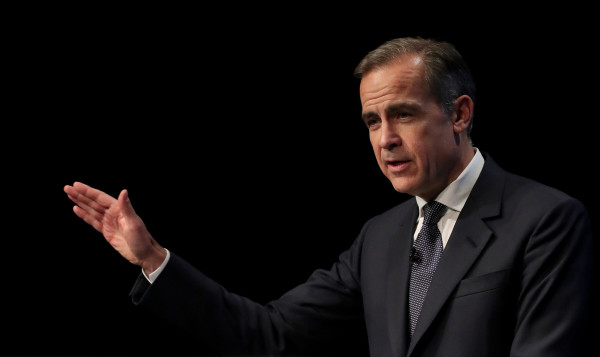Or, to put it another way, we diagnosed the issue of investor complacency, but the actions we took did not go far enough.
What next for the global economy?
The current cracks in the global economy could grow into fissures, like in 2015, or crevasses, as in prior recessions. The presence of these cracks has less to do with the US economy at the moment and more to do with the rest of the world not contributing.
Some of this weakness outside the US is due to trade tariffs – for example, China – some due to deteriorating financial conditions, such as in most emerging economies, and some due to adverse weather (Japan).
Our baseline forecast is that these specific issues will not significantly worsen. So how could some of today’s key issues play out?
First, let’s take debt concerns.
Household debt as a proportion of the size of the economy in the US is lower now than it was 10 years ago. The same is not true of corporate debt, implying that higher interest rates and bond yields are a problem waiting to happen for businesses.
What about US recession risk?

As labour markets strengthen across a whole host of countries, this is good news for wage growth, but could add to inflationary pressures ahead.
A US recession is more likely than not in late 2019, or early 2020, as the US Federal Reserve (Fed) attempts to tame the boom in order to minimise the bust. It is important to remember that central banks never try to eliminate economic cycles – this would be impossible – rather, they try to suppress them.
European growth is another key issue.
A range of issues hindered Europe in 2018, including Italy’s budget spat with the European Commission, a strong euro, and the European Central Bank’s plan to conclude quantitative easing and raise interest rates.
The first of these has already resolved itself – a compromise has been reached and the updated budget passed through the Italian parliament; the second (prior currency strength) cannot be a headwind forever; and, for the third, we believe that a bounce in European growth in 2019 is likely.
As labour markets strengthen across a whole host of countries, this is good news for wage growth, but could add to inflationary pressures ahead.
Together, this implies a move towards a more ‘stagflationary’ environment – slower growth with higher inflation.
Although this can be symptomatic of an economic cycle beginning to slow down, we do not believe we are yet in the end game.
Policymakers across the globe will lose none of their sway in 2019
China’s authorities have made concerted efforts to stimulate economic activity, though this has yet to produce tangible results.











